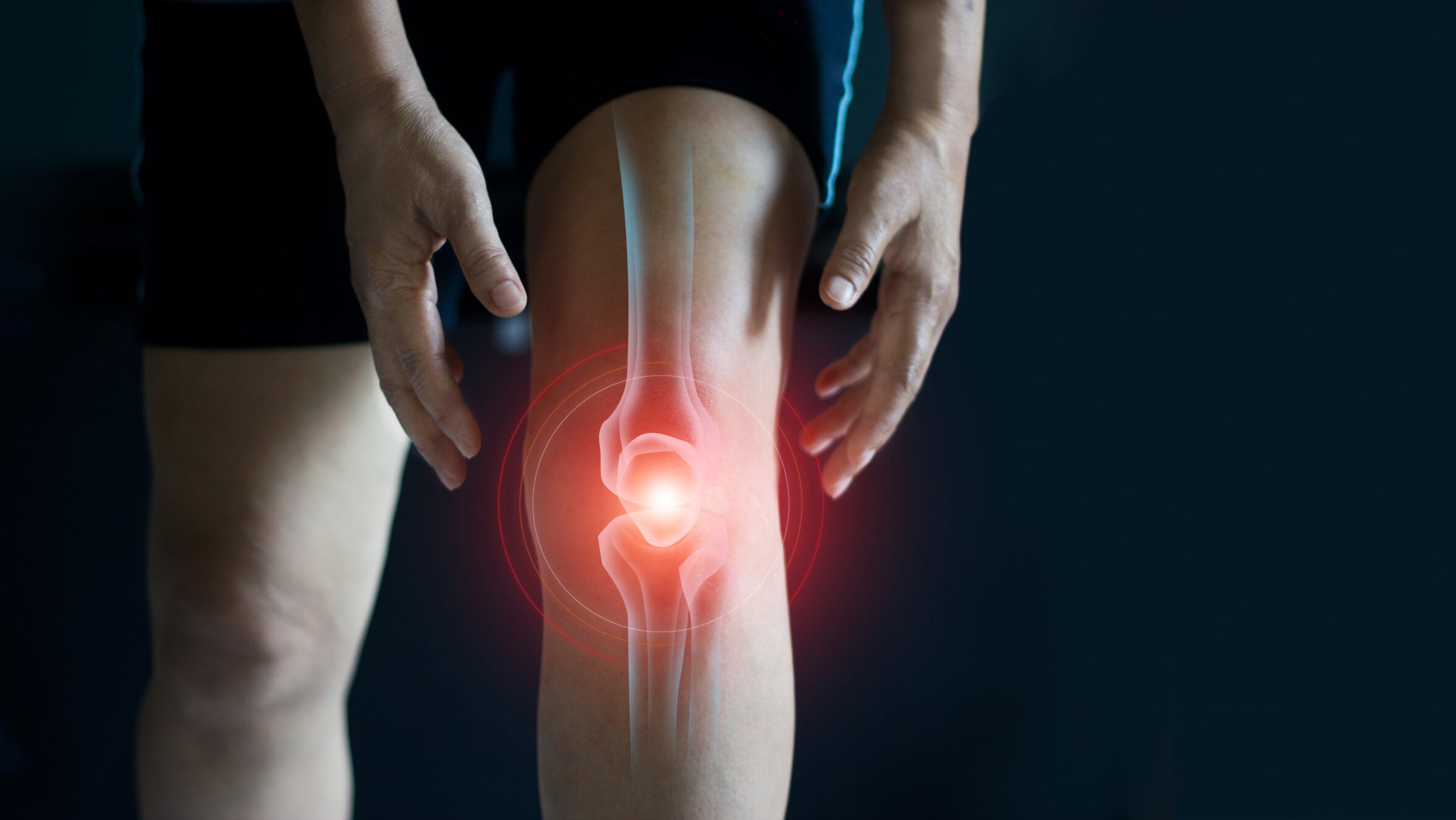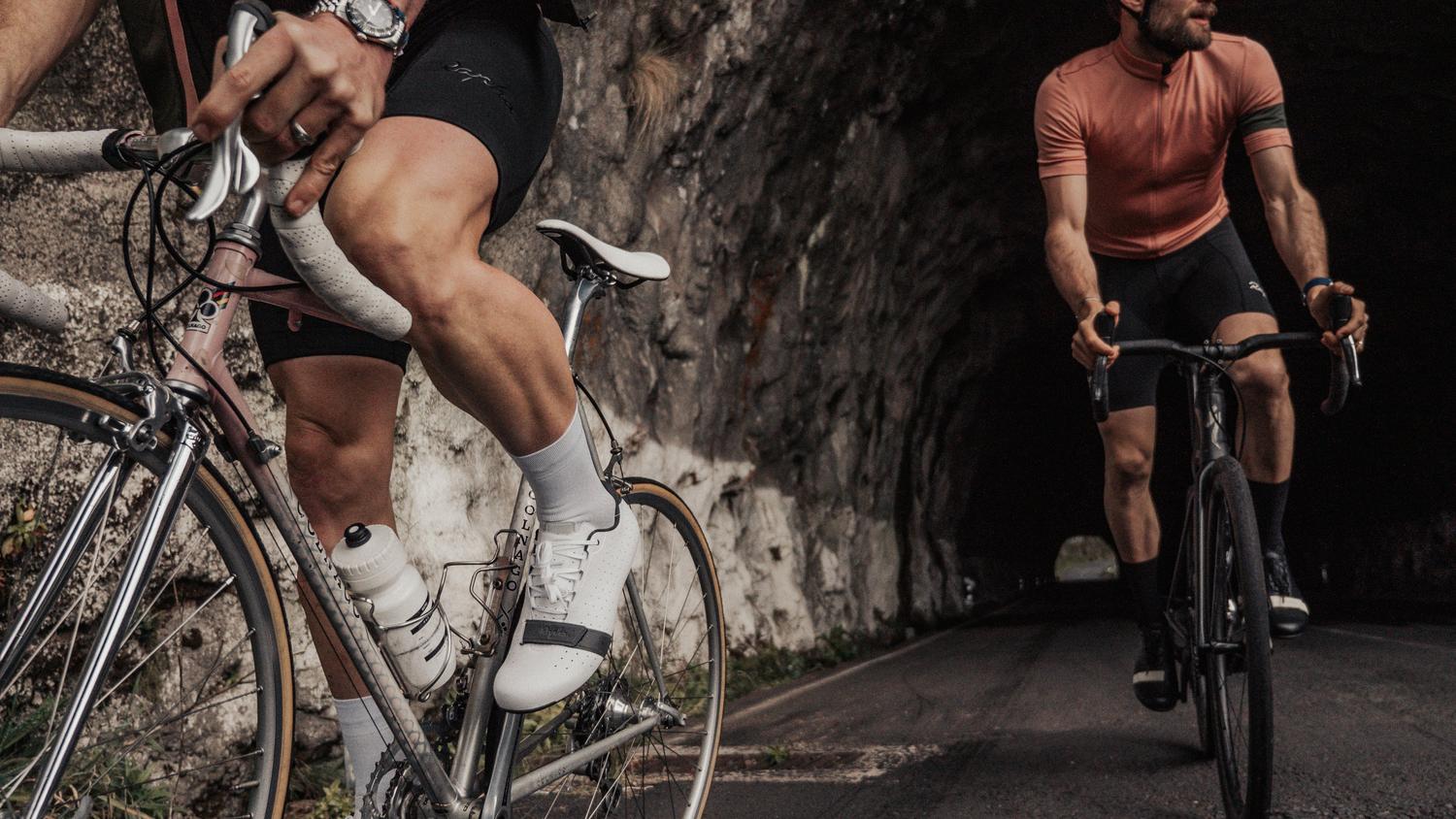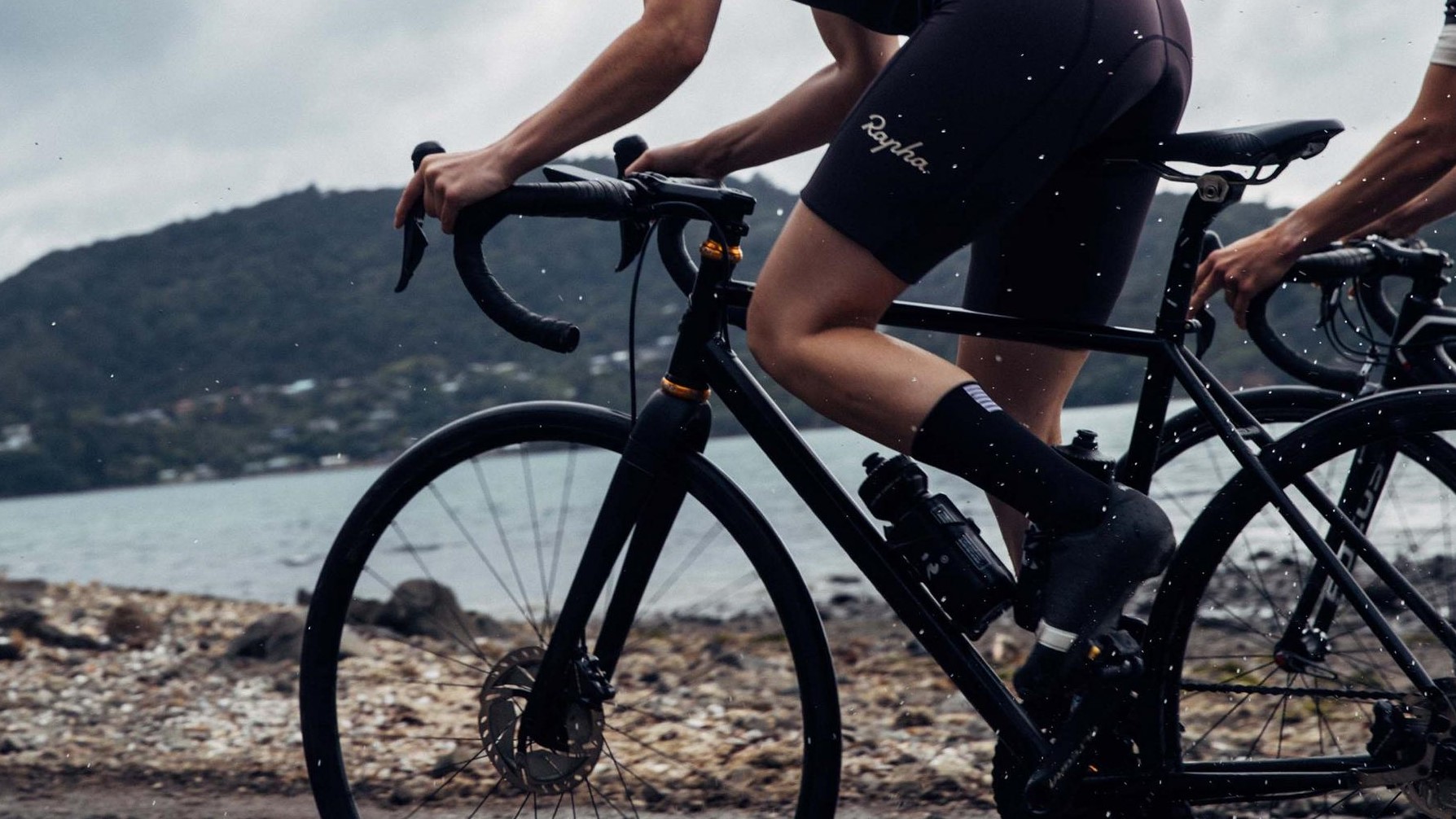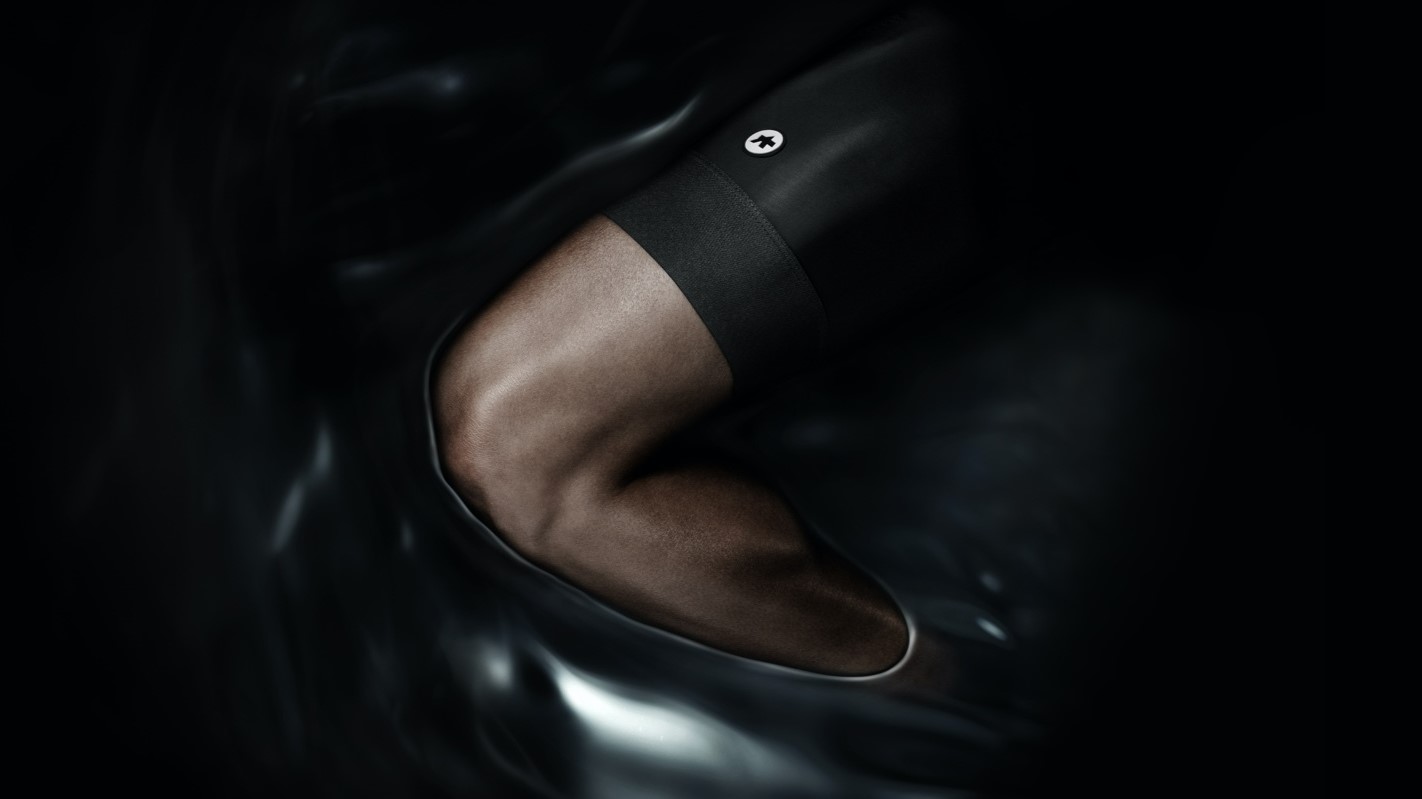Cycling knee pain: what causes it and how to avoid it
Learn how to avoid knee pain on the bike, and what to do if it happens to you

Chronic knee pain is something we wouldn't wish on our worst enemy. What often starts as a twinge of discomfort can sometimes turn into chronic, excruciating pain that at best necessitates time off the bike and, at worst, requires surgery and months of rehab. It doesn’t matter if you’re a casual commuter, a local racer, or a professional cyclist surrounded by a team of doctors and physiologists – knee pain can affect everyone, but it doesn’t have to.
With the correct measures taken, you can avoid knee pain in cycling, and also learn to deal with it if it does start to creep up on you. In this article, you’ll learn about the causes of knee pain in cycling, what can be done to prevent it in the first place, and how to recover from it once it's started.

Knee pain in cycling: an overview
When we think of cycling injuries, we tend to think of acute injuries, like a broken collarbone. These are usually caused by crashes or falls.
Chronic injuries on the other hand are much more common in cycling. These are the kinds that develop over a longer period of time, and stem from overusing a certain muscle or muscle group. They include things like lower back pain, tendonitis, and knee pain, and tend to accompany endurance sports (like cycling) where long hours of training are involved.
Multiple studies have found that more than 90 per cent of professional road cyclists have experience at least one chronic injury in their career, with the knee being the most common site of pain. It was also noted that these injuries were often severe enough to necessitate time off the bike in order for them to heal.
The numbers are even worse for recreational riders who suffer from inexperience and poor bike fits. Some studies have suggested that knee pain is more common in recreational cyclists than in professionals, and when we look more closely at the causes, it makes sense. So let’s dive right into it: here are the most common causes of knee pain in cycling.
Causes of knee pain
Saddle height has often been cited as the leading cause of knee pain in cycling, but the correlation is not as strong as suggested. Studies have found that while saddle height does significantly alter knee biomechanics and kinematics during cycling, it's not the sole cause and therefore can't be targeted with a 'silver bullet' approach. So while changing your saddle height will alter how you pedal and which muscles are more or less used, this doesn’t directly correlate to knee pain.
Get The Leadout Newsletter
The latest race content, interviews, features, reviews and expert buying guides, direct to your inbox!
Instead, poor bike fit is the leading cause of knee pain in cycling. It’s not just saddle height, but the combination of saddle height, reach, foot-shoe-pedal-interface (FSPI), and more bike fit factors that increase risk of chronic injury.
Focusing on recreational riders, there is also a correlation between chronic knee pain and higher volume of miles per week, lower level of fitness, lower number of gears, and lower experience. Less experienced riders are much more likely to push past their limits and over train on a developing injury. Poor pedalling kinematics and gear choice can worsen the problem, as will having fewer gears to help maintain a normal cadence.
Going along those lines, muscle kinematics is also on the list of causes of knee pain in cycling. During the pedalling motion, the knee is meant to move up and down parallel to the sagittal plane (the central, vertical line that divides your right from your left side) and aligned on top of the foot and ankle. In other words, the knee is meant to move in a consistent and stable way when cycling, while pointing forwards (rather than outwards or inwards), and your ankle should remain broadly beneath it, rather than being too far forward or backwards. Without going into too much scientific jargon, a breakdown of this form is a major precursor to chronic injury, namely knee pain.
The specific activation patterns of the quadriceps has also been correlated with knee pain, and specifically patellofemoral pain syndrome (PFPS) in cyclists. A 2014 study in Med Sci Sports Exerc found that cyclists with PFPS showed increased activation of the biceps femoris muscles compared to cyclists without PFPS. These are things that you can’t realistically test outside of a lab, but the correlation is fascinating nonetheless.
So there are several causes of knee pain in cycling, but there are also a number of ways that you can prevent it.
- Cycling with cleats: Everything you need to know

How to avoid knee pain
With poor bike fit being the leading cause of knee injuries in cycling, it should be obvious that getting a professional bike fit is number one on our list of recommended preventative care. While many companies and apps have begun experimenting with picture-assisted bike fits that you can set up at home, there is no better person to help you with your bike fit than a professional bike fitter. Doctors and coaches may also be helpful, especially if you have a unique anatomy or requirements for cycling.
There is no substitute for a good bike fit, and it is recommended that you receive professional consultation once per year to not only go faster and be more comfortable, but also to lower your chances of chronic injury.
We previously mentioned high volume, low fitness, and low experience as possible causes of knee pain in cycling. These are all symptoms of overtraining, which is pushing your body past its physical limit and not allowing adequate recovery. Overtraining can lead to fatigue and burnout; but even worse, it can lead to chronic injury. Again, having a coach, doctor, or some other professional guidance can help you stay on track and strike the perfect balance between training and recovery.
We mentioned the breakdown of muscle kinematics as another cause of knee pain during cycling; and how do you prevent that? Well, it’s a simple yet mildly frustrating answer: be fitter. Fatigue – especially in the core – is the leading cause of the breakdown of muscle kinematics, and so it’s important to focus on maintaining good form even during your hardest efforts. It’s also a good reminder to not go so hard in every training session that your form and muscle kinematics start to fall apart. Practise staying strong and stable on top of the pedals, and not letting your feet and knees twist during hard efforts.
Strength training is often touted for its effects on injury prevention, especially core training. A stronger core and well-balanced lower extremities will help fight off fatigue, maintain proper knee kinematics, and improve overall stability while cycling. It’s definitely worth considering adding a couple of days per week of preventative strength training to your program, especially if you’re over 40, or have a history of injury. Focus on the basics for improving your lower extremities: squats, lunges, leg press, and hamstring curl. As a starting point, here are some at-home strength training exercises for cyclists.
Along those lines, stretching for cyclists can also be a means of injury prevention. While the pain around your knee may not seem to be linked to a particular muscle, the way our muscles and tendons are connected means there are plenty of other areas you can work towards loosening in order to alleviate the stress around the joint.
Some basic stretches you can try include:
Hamstring stretch - Stand with your left foot slightly ahead of your right, and point your left toes towards the sky so you're resting on your heel. Bend your right knee, lean forward, and rest your weight on your right thigh. You should feel a stretch in the back of your left upper leg. To deep the stretch, slightly bend your left leg and push your bottom out.
Hip flexor lunge - Kneel on the floor, then bring your left foot in front of you so you're in a low lunge with a 90-degree bend in your front knee. Shift your right knee backwards a little, so that you feel a stretch in the front of your right thigh. Concentrate on rotating your tailbone downwards and your hip bones forward, and you should feel more of a stretch. If this is enough, stay here, or if you need a little more, lean into your front foot, keeping your knee above the ankle. Repeat on the other side.
Supine twist - Lay on your back with your legs outstretched and feet together. Bring your right knee up to your chest, lay your left hand flat on the outer thigh of your right leg, place your right hand flat on the ground with your arm outstretched, and guide your right knee over towards the left side of your body. You should feel a stretch down the outer side of your right thigh.
You may be surprised that ‘float’ – or the small amount of rotational movement of the cleat and shoe around the pedal – was not mentioned in the causes of knee pain. Indeed, float is not directly correlated with knee pain in cycling, but it can affect muscle kinematics and overall rider comfort. Increasing the degree of float in your cleats may help alleviate knee pain by allowing more lower extremity movement, although the science behind this is a bit lacking.

How to recover from knee pain
The topic of knee pain in cycling is an interesting one because cycling is often used as an exercise prescription for people returning from knee injuries. That’s because the forces at the foot and pedal are 82 per cent lower than the forces experienced at the foot while running. But due to the repetitive nature of cycling – you are making thousands of pedal revolutions in a single ride – a small imbalance, injury, or irritation, can quickly turn into a serious chronic injury.
When recovering from knee pain in cycling, it is most important to have all the preventative measures in place before you restart training. That means getting a professional bike fit, having the proper saddle height, and maintaining a consistent and stable position while riding. Check out our bike fit guide for more information on this.
Chronic injuries are strongly negatively correlated with rest days. That is, the fewer rest days you have, the higher your risk for developing a chronic injury. A well-structured training plan and professional guidance can help you come up with a consistent and well-balanced plan to simultaneously make you faster and avoid injury.
With all that said – all the fancy treatments, big words, bike fits, and specific exercises – the best and most common treatment for knee pain in cycling is simple: Rest.
Given adequate rest, the body can recover and repair damage done to its tissue, which is often where chronic knee injuries occur. Continuing training only tampers the process, not allowing the body to recover and only doing more damage. Listen to your body, trust your coach or training plan, and rest when necessary. Not only will you avoid chronic knee injuries, but you will also get faster.
Zach is a freelance writer, the head of ZNehr Coaching, and an elite-level rider in road, track, and e-racing. He writes about everything cycling-related, from buyer's guides to product reviews and feature articles to power analyses. After earning a Bachelor’s Degree in Exercise Science at Marian University-Indianapolis, Zach discovered a passion for writing that soon turned into a full-fledged career. In between articles, Zach spends his time working with endurance athletes of all abilities and ages at ZNehr Coaching. After entering the sport at age 17, Zach went on to have a wonderful road racing career that included winning the 2017 Collegiate National Time Trial Championships and a 9th place finish at the 2019 US Pro National Time Trial Championships. Nowadays, Zach spends most of his ride time indoors with NeXT eSport.